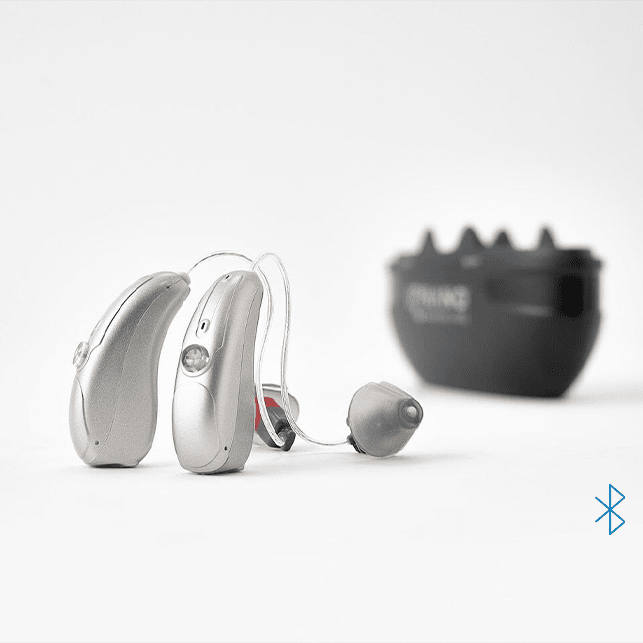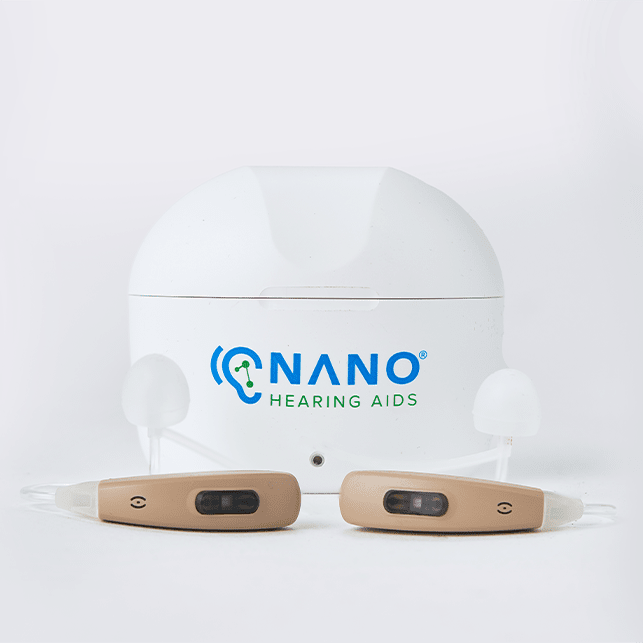Key Takeaways
Can Deaf People Drive?
Yes, deaf people are more than capable of driving safely and effectively. Their ability to rely on visual cues and enhanced peripheral vision often makes them just as competent, if not more so, than hearing drivers.
Common Misconceptions About Deaf Drivers
Deaf people cannot hear emergency vehicle sirens:
Deaf drivers often rely on visual cues, such as flashing lights, to detect emergency vehicles.
They may not respond to auditory signals like honking:
Deaf drivers are trained to be more vigilant about visual signals and the behavior of other drivers to compensate for missed auditory alerts.
Deaf drivers are at a higher risk of accidents:
Research indicates that deaf drivers do not have a higher accident rate than hearing drivers and may even have enhanced visual awareness.
Deaf people cannot hear emergency vehicle sirens:
Deaf drivers often rely on visual cues, such as flashing lights, to detect emergency vehicles.
They may not respond to auditory signals like honking:
Deaf drivers are trained to be more vigilant about visual signals and the behavior of other drivers to compensate for missed auditory alerts.
Deaf drivers are at a higher risk of accidents:
Research indicates that deaf drivers do not have a higher accident rate than hearing drivers and may even have enhanced visual awareness.
They require special modifications to drive safely:
While some may benefit from adaptations like full-view mirrors or alert systems, many deaf drivers can drive safely without significant modifications.
Legal Rights and Permits
Initially, many states had laws that prohibited deaf individuals from obtaining licenses, but these were repealed through advocacy efforts by organizations like the National Association of the Deaf (NAD) in the 20th century. Currently, deaf individuals have the legal right to drive in all 50 states across the United States.
But they still face discrimination in some aspects. For instance, UPS refused to hire deaf drivers because of safety concerns until 2006, which a federal court ruled to be unfounded eventually. Also, some deaf people have even reported being denied the ability to rent or test drive a car. Others find that if they become involved in an accident, it can be harder to prove they weren’t at fault since many hearing people assume that deaf people can’t drive safely.
Obtaining a Driver’s License for Deaf Individuals
The process of obtaining a driver’s license for deaf individuals is largely the same as for those who can hear - with one exception. They need to inform the Department of Motor Vehicles (DMV) about their hearing impairment. And here’s what the DMV might do:

See how there’s a small notation on the driving license? That notation ensures that law enforcement is aware of their hearing status in case of an interaction (image courtesy of Oregon Department of Transport).
How Can Deaf People Drive Safely?
Visual Awareness Benefits
Research indicates that being deaf enhances an individual’s peripheral vision and awareness. Since driving is predominantly a visual activity, deaf drivers’ heightened perception is an advantage. They can monitor the actions of other drivers and stay alert to changes in the road environment.
Technological Aids
Auditory to Visual Converters
Auditory-to-visual converters translate sounds like sirens, honking, and alerts from the car into visual signals that can be easily interpreted. For example, when an emergency vehicle is approaching, the converter can flash a light on the dashboard to alert the driver. Deaf drivers will be more aware of their surroundings and can react promptly to situations that would typically rely on auditory cues.
Navigation Tools
Modern navigation tools have visual maps and directions - helpful for those who cannot rely on auditory instructions. These systems provide turn-by-turn directions displayed on a screen so deaf drivers can easily drive through unfamiliar routes. Some advanced navigation systems also offer haptic feedback, which can be felt through vibrations in the steering wheel or seat.

Though navigation systems have become a staple for all drivers, they are particularly useful for deaf drivers.
Assistive Driving Features
Assistive driving features like lane departure warnings, collision alerts, and adaptive cruise control are really helpful for deaf individuals. These systems use cameras and sensors to monitor the vehicle's surroundings and provide visual and tactile alerts to the driver. These technologies make driving safer in general and are becoming the standard for any driver.
Safety Measures and Considerations
Importance of Visual Observance
Deaf drivers must pay close attention to road signs, signals, and the behavior of other drivers. By maintaining a heightened sense of visual awareness, they can anticipate and react to potential hazards safely.
Emergency Situations Response
Deaf drivers should have a clear plan for how to respond if they encounter an emergency vehicle or other urgent situations. This can mean using visual signals to communicate with other drivers or ensuring that their vehicle's auditory-to-visual converters are functioning correctly.
Communicating with Law Enforcement
Here’s what a deaf person can do if they get pulled over by a police officer:

Keep both hands visible on the steering wheel at all times and remain still.
Staying Informed on Technological Updates
Deaf drivers must also stay informed about any technological improvements that could enhance their response capabilities in emergencies. For example, Hyundai developed an Audio-Visual Conversion (AVC) and Audio-Tactile Conversion (ATC) system. This technology uses artificial intelligence to convert external sounds into visual alerts displayed on the heads-up display (HUD) and vibrations in the steering wheel to enhance situational awareness for deaf drivers.
Final Words
Hearing aids and other assistive technologies can help individuals with hearing loss stay more aware of their surroundings while driving - helping them feel safer and more confident behind the wheel.
Frequently Asked Questions:
How does a deaf person learn to drive?
Many deaf persons can lip-read to some extent, and instructors may also use written material and sketches to assist students in learning to drive.
Can deaf individuals obtain a driver’s license?
Deaf individuals follow the same process to obtain a driver’s license as hearing individuals, with one key difference: they usually inform the DMV of their impairment. The DMV may then add restrictions, like requiring full-view mirrors or a hearing aid.
How does technology enhance driving for deaf drivers?
Assistive technologies like visual alerts and navigation systems bridge the gap between auditory and visual signals so that deaf individuals can drive safely.




